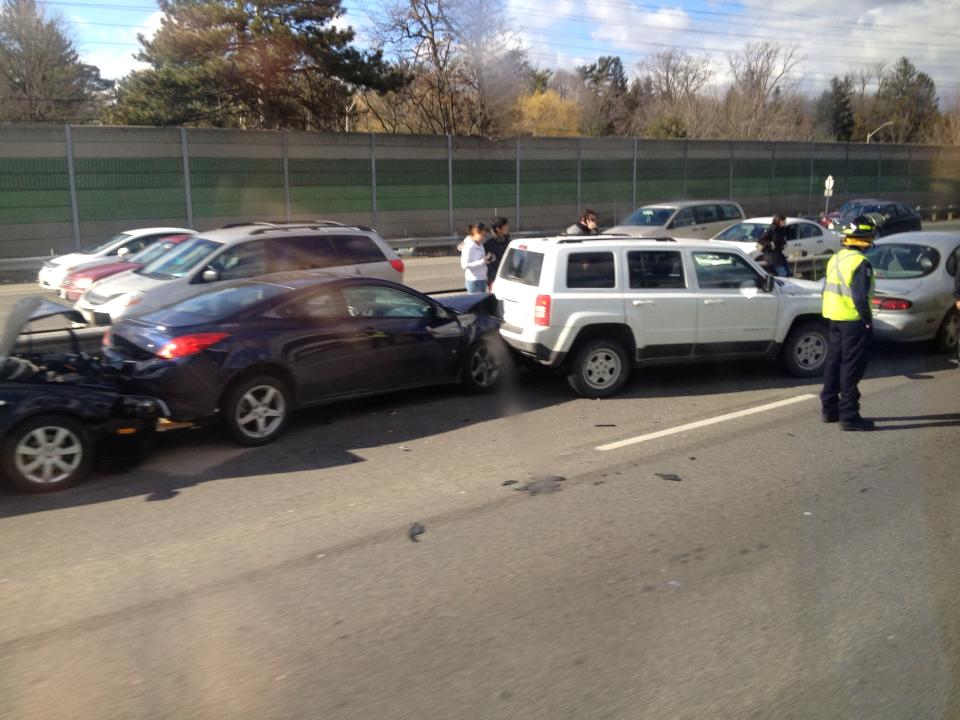What is Automatic Emergency Braking and how does it help?
 So many people claim to know a lot about how to drive, but do they really know the technological changes with their vehicles that help them drive? Do you? There have been so many changes to our vehicles over the last few years that we really need to keep up-to-date with these changes each time we purchase or lease a new vehicle. One such technological change is Automatic Emergency Braking systems (AEB) or Autonomous Emergency Braking (AEB).
So many people claim to know a lot about how to drive, but do they really know the technological changes with their vehicles that help them drive? Do you? There have been so many changes to our vehicles over the last few years that we really need to keep up-to-date with these changes each time we purchase or lease a new vehicle. One such technological change is Automatic Emergency Braking systems (AEB) or Autonomous Emergency Braking (AEB).
Either system is a great move forward to reduce major injuries and possible fatalities. Here’s what it does and how it works. The AEB systems use sensors, radar, laser or cameras at the front of the vehicle to monitor for risk and detect potential collisions with other vehicles, pedestrians or hazards. It also has the potential to reduce the impact speed of a rear crash. If a crash happens at a lower speed, it can help avoid serious injury…or worse.
Although AEB systems may vary, most systems provide some type of a warning to alert the driver, whether it’s audible or flashing light to the driver. This warning can be helpful to alert the driver of impending danger ahead in time to allow them to brake in time to safely stop the vehicle.
The best part is the AEB system will also take over and apply the brakes of the vehicle automatically if the driver does not respond to the warnings in time. The specific brake pressure may not be enough to prevent a collision, depending on the AEB system the vehicle has, but at the very least, it will lessen the severity of the crash. Occupants of a vehicle have a much higher chance of surviving a collision at lower speeds versus higher speeds. This technology can compensate for the mistakes drivers make. The AEB systems are always on alert, watching the road ahead and never getting tired or distracted. Something drivers tend to do periodically.
So, now you’re asking if your vehicle has such a device, right? Not so fast. Some do and some don’t. In the very near future, you’ll be able to find such advances in most everyday vehicles. Currently Audi, BMW, Ford, General Motors, Mazda, Mercedes-Benz, Tesla, Toyota, Volkswagen, and Volvo have all committed to having some form of AEB as a standard feature in each of their new vehicles. It’s currently available, either as an option or as standard equipment, on mostly of their luxury cars and high end models.
Having this system in your vehicle will certainly help protect you and your passengers from a severe frontal crash where airbags may deploy, but it doesn’t give you permission to tailgate or to not pay attention to the driving task. Remember, you’re still in charge.
**The best safety feature of your vehicle is YOU. Read HERE

Funny I designed a very similar idea way back in 1972,
I couldn’t afforded to patent it, told me to copy write and send it to several engineering companies and insurance company for funding, I did never got a response.
It wasn’t computer orientated but the principle and idea was basically the same.
I was also adapted for two other driver safe designed features. Also a self non theft device also.
The only problem with manufactures things are never standard, why have several models for higher range vehicles?
Whilst it will safe the occupants of the vehicle it is fitted to, if the auto braking system comes in then is can also create a problem for those behind.
not read up on this.
It’s like ABS that was good, but it created problem on HGV articulated vehicles, especially if the unit had ABS the trailer didn’t or vs versa. the lorry could jackknife.
We will never stop accident. even it all vehicle were limited to 30 mph.